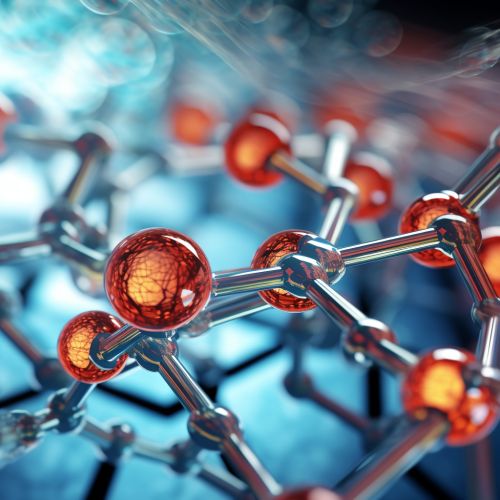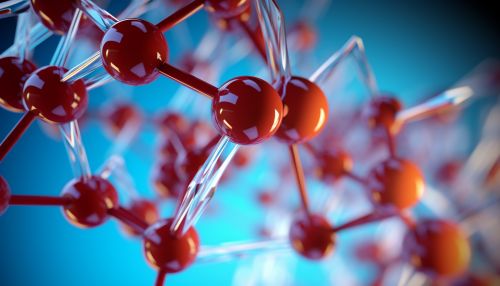Phenylethanolamine N-methyltransferase
Overview
Phenylethanolamine N-methyltransferase (PNMT) is an enzyme that is involved in the final step of the synthesis of epinephrine (also known as adrenaline) from norepinephrine. This enzyme is part of the methyltransferase family, which are enzymes that transfer a methyl group from a donor to an acceptor. In the case of PNMT, the donor is S-adenosyl-L-methionine (SAM) and the acceptor is norepinephrine.


Structure
PNMT is a monomeric enzyme that consists of 282 amino acids. The enzyme has a compact, globular structure with a single domain. The structure is primarily composed of alpha helices and beta sheets, which are common secondary structures in proteins. The active site of the enzyme, where the catalytic reaction takes place, is located in a deep pocket within the protein structure.
Function
The primary function of PNMT is to catalyze the conversion of norepinephrine to epinephrine. This reaction involves the transfer of a methyl group from SAM to the nitrogen atom of norepinephrine. The reaction is a key step in the biosynthesis of catecholamines, a class of hormones that includes epinephrine and norepinephrine. These hormones are involved in the body's response to stress and are important for maintaining homeostasis.
Regulation
The activity of PNMT is regulated at multiple levels. The expression of the PNMT gene is regulated by various factors, including glucocorticoids and cyclic AMP. In addition, the enzyme activity is also regulated by the availability of the substrate norepinephrine and the methyl donor SAM.
Clinical Significance
Abnormalities in PNMT activity have been implicated in a variety of diseases and disorders. For example, increased PNMT activity has been observed in certain types of tumors, such as pheochromocytomas and neuroblastomas. In addition, alterations in PNMT activity have been associated with psychiatric disorders, including depression and anxiety.
